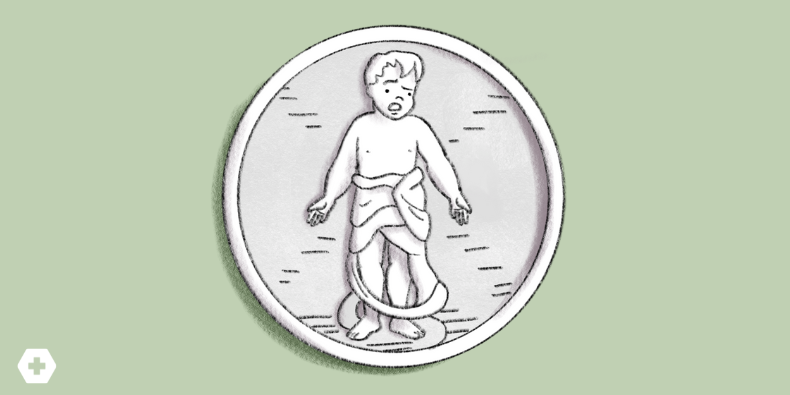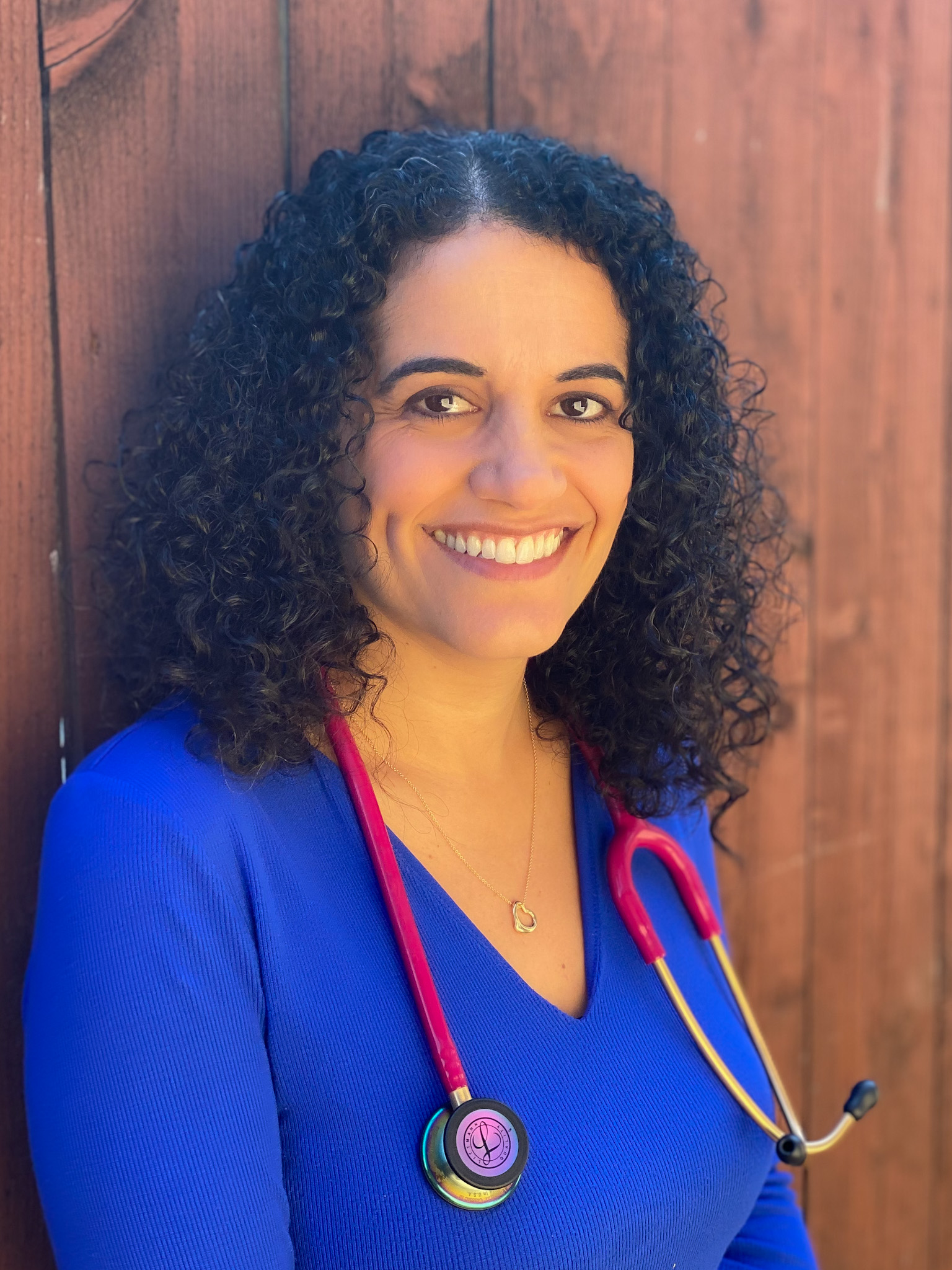
ADHD in Kids: Clinical Guidelines

ADHD is one of the most common neurodevelopmental conditions we see in practice, and yet, despite its prevalence, its diagnosis and management still generate tons of questions from both clinicians and families.
“How can I confidently distinguish ADHD from normal childhood behavior?”
“What about meds for a 5-year-old?”
“What if a child doesn’t respond to a stimulant?”
“When do I need to refer to psych?”
Let’s walk through the American Academy of Pediatrics (AAP) guidelines and real-world approaches so you can feel confident navigating ADHD in kids—from preschoolers to adolescents.
ADHD: The Basics
ADHD isn’t just a kid “not paying attention” or “being wild.” It’s a disorder marked by inattention, hyperactivity, and/or impulsivity—and importantly, it causes functional impairment across multiple settings (home, school, community).
Here’s how it often shows up:
-
-
-
Inattention: Difficulty with executive function—forgetting assignments, missing key words on tests, poor organization.
-
Hyperactivity: Trouble controlling body movement—getting in people’s space, interrupting, fidgeting nonstop.
-
Impulsivity: Doing before thinking—blurting out answers, running into the street, grabbing things.
-
-
Diagnosis isn’t made by labs or imaging. It’s based on a good history involving clinician observations and caregiver and teacher reports.
As children with ADHD often have other comorbid conditions, it’s important to remember the diagnoses that should be on your differential. Here’s a quick breakdown:
-
Learning disorders
-
Autism spectrum disorder
-
Anxiety and/or depression
-
Substance use
-
Oppositional defiant disorder (ODD) or conduct disorder
-
Sleep disorders
-
Exposure to trauma, bullying, or community violence
Sorting this out can be messy, and that’s okay. Thankfully, there are some validated screening tools that can help.
Screening and Diagnosis
Here are examples of commonly used DSM-based screening tools:
-
1. Vanderbilt Assessment Scales: Free, easy to access, and comprehensive. Includes symptom questions on:
-
Inattention
-
Hyperactivity/impulsivity
-
Oppositional defiance/conduct issues
-
Anxiety/depression
-
Academic performance and function
-
-
2. Clinical Attention Problems Scale (CAPS): 12 items. Great for follow-up or when you just need a focused look.
Remember: To make a diagnosis of ADHD, symptoms must be present before age 12 years, meet the DSM-5 criteria, and they must impair function in more than one setting. No impairment? No diagnosis.
ADHD Treatment
Before we dive into treatment, it’s worth noting that there is no increased risk in the general population for adverse cardiovascular events associated with ADHD medications. However, ADHD meds sometimes cause a modest increase in heart rate or blood pressure as a side effect. And this could be a problem for kids with underlying heart conditions (like arrhythmias or hypertrophic cardiomyopathy). So, it’s important to screen all patients for cardiac symptoms and family history of significant cardiac events (arrhythmias, sudden cardiac death) prior to beginning a stimulant medication. If any concerns are present, a cardiac workup should be initiated before beginning medication.
Ages 4–5: Start with Behavior Therapy
-
AAP recommends parent training and behavior management (PTBM) as the first-line.
-
PTBM usually involves 8+ sessions with a therapist and includes principles such as:
-
- Reward systems, structure, consistency
-
- Setting limits and reshaping the environment for success
-
-
If moderate-severe impairment persists despite behavioral interventions? A trial of methylphenidate may be indicated.
Ages 6–12: Medication + Behavior Therapy + School Support
-
Start with stimulant medications (either amphetamine or methylphenidate).
-
Recommend behavior therapy, such as PTBM.
-
Consider school-based interventions, such as an Individualized Education Plan or 504 Plan.
-
Extended test time, seating adjustments, reduced homework load, etc.
-
Ages 12-18: Medication
-
Stimulant medications remain first-line.
-
Consider adding in educational skill-building or parental modifications as needed.
Stimulants 101: Fast Facts
-
In studies, there’s no significant difference in effectiveness between amphetamine and methylphenidate medications, but some patients may respond better to one category than the other (so, if a patient fails treatment with one category, it’s reasonable to try the other!)
-
Short-acting and long-acting/extended-release preparations are available → this allows for more flexible dosing regimens
-
Start low & go slow when titrating stimulants
-
Follow-up regularly (weekly to monthly) during titration, and then follow-up every few months during maintenance
-
Remember to check your state’s Prescription Drug Monitoring program prior to prescribing, as stimulants are controlled medications
-
Common side effects of stimulant medications include
- Short-term (these resolve with time): headaches, stomach aches, irritability
- Long-term: appetite suppression, insomnia, rebound hyperactivity, new or worsened anxiety
- Tics can be unmasked or exacerbated (though they are not caused by stimulants)
ADHD can be subtle or can scream from the rooftops. Either way, the cornerstone of management is recognizing functional impairment, ruling out (or in) other diagnoses, and creating a tailored, evidence-based management plan.
Want more on pediatric ADHD? Check out our Peds RAP chapter, "AAP Says What?!?: ADHD Updated Guidelines Part 1."
Practice-Changing Education
Experience education that goes beyond theory. Explore Hippo Education’s offerings below.

